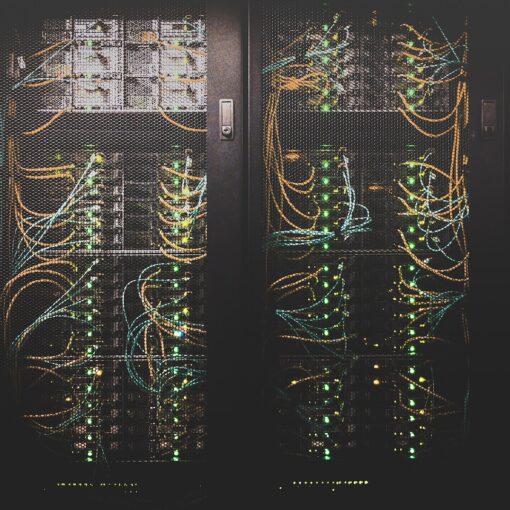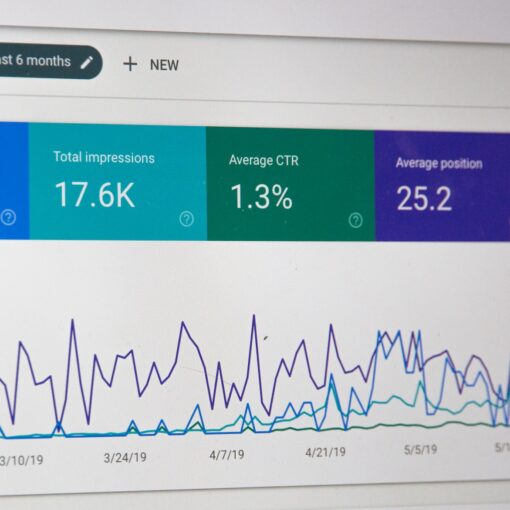MongoDB replica sets are a cornerstone of modern database management, ensuring high availability and data redundancy. However, managing a cluster can sometimes be challenging, especially when a node enters a recovery state. This post delves into what this means for your MongoDB cluster, especially when one of the nodes in a three-server setup is in recovery, while the other nodes, including the primary, are healthy.
Understanding Node States in MongoDB Replica Sets
In a MongoDB replica set, each node can be in various states like PRIMARY, SECONDARY, or RECOVERY. The PRIMARY node handles all write operations, while SECONDARY nodes replicate data from the primary to ensure redundancy. A node in the RECOVERY state is typically catching up with the primary. This state is not unusual but warrants attention, especially in a production environment.
Assessing the Risks of a Node in Recovery State
A node in recovery is not an immediate cause for alarm but can be a precursor to more significant issues. It reduces redundancy, meaning if another node fails, the cluster’s ability to recover smoothly could be compromised. Monitoring the recovering node’s progress and understanding why it entered this state is crucial to assess the risk accurately.
The Election Process and Failover Mechanism
In MongoDB, if the primary node fails, an automatic election process is initiated to select a new primary from the secondary nodes. For a node to be eligible to become primary, it must be up-to-date with the primary’s operation log. A node in a recovery state, lagging significantly, is unlikely to be elected. However, a healthy secondary should seamlessly take over as the new primary, ensuring continuity.
Best Practices for Monitoring and Intervention
Proactive monitoring is key. Regularly check the health of each node and the replication lag. If a node in recovery isn’t progressing, investigate logs for errors and consider steps like restarting the node or resynchronizing it. Understanding the root cause, whether it’s network issues, hardware failure, or configuration errors, is essential for preventing recurrence.
Ensuring High Availability and Preventive Measures
To maintain high availability, ensure your replica set is correctly configured for automatic failover. This includes setting appropriate election timeouts and heartbeat intervals. Regularly test your failover process and backup strategy. Also, consider the deployment of additional secondary nodes for enhanced redundancy.
Conclusion:
A node in recovery in a MongoDB replica set, while not an immediate emergency, should be managed with care. Understanding and monitoring the state of your nodes, along with a proactive approach to database management, ensures the high availability and reliability of your MongoDB cluster. Remember, the strength of a replica set lies in its ability to handle such scenarios gracefully.
Additional Resources:
- MongoDB Replica Set Documentation: [Link to MongoDB Docs]
- MongoDB Community Forums: [Link to MongoDB Forums]




